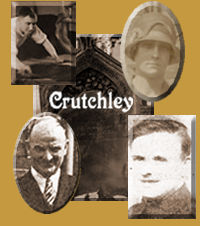
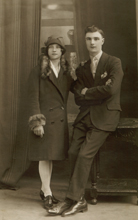
Black Country Genealogy
THE ANCIENT TOWN OF WODENS BURY |
|
|
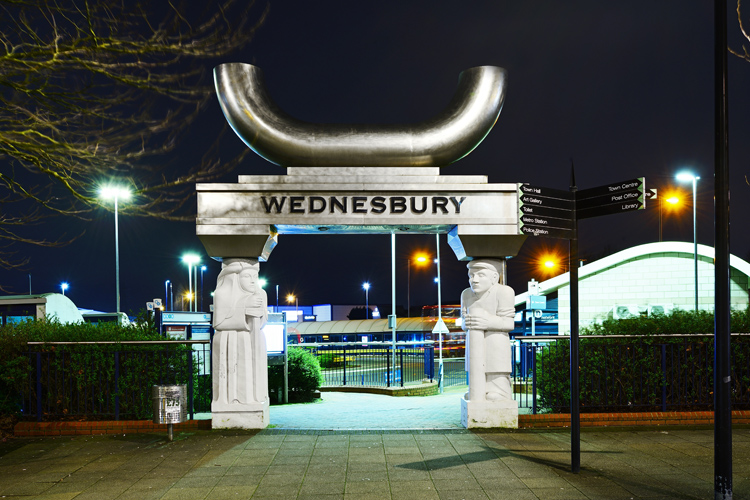 |
My mother Else May Crutchley (nee Bennett) was born at 41 Moor Street, Mesty Croft, Wednesbury, on Saturday 19th July 1930. This Black Country town where she grew up has a fascinating history, with its name being derived from that of the mythical Germanic god Odin. In the Old English language Odin was known as Woden, hence the town became known as Woden's Bury or Borough. The word 'Bury' is a reference to the presence in the town of an Iron Age hill fort or "beorg". The most likely location for this fortification is Church Hill, where St Bartholomew's church now stands. In the mid eighteenth century, John and Charles Wesley preached in the town on a number of occasions. On one occasion whilst expounding God's word, John Wesley and his supporters were attacked by an angry mob, forcing them to leave the town in some haste. During one visit to Wednesbury, in order to gain a height advantage over the crowd, John Wesley preached at High Bullen whilst standing on a large stone horse block. The horse block has survived and is now preserved in the Wesley Centre at Wednesbury Central Methodist Church. Today the Christian people of the town are well served by served by Anglican, Catholic, Methodist and Baptist churches, and of course other faiths are also present and active in the town . As with the other towns of the Black Country, during the industrial revolution Wednesbury became home to the mining and metal working trades that ultimately made the area famous. Wednesbury was once home a thriving nail making industry, the coal needed for fuel was abundant here, and heavy industry was all around. From the mid nineteenth century onwards, many local people were employed by the Patent Shaft and Axeltree Company, known locally simply as the 'Patent Shaft'. Established in 1840, the Patent Shaft was Wednesbury's leading industrial business for one hundred and forty-five years, until the factory closed in 1980. Located close to Leabrook Road, the company eventually succumbed to the harsh economic climate of the 1970's, with the factory buildings being demolished three years after the closure. The factory gates survived as a reminder of past manufacturing greatness, and now stand as a permanent memorial on the traffic island next to Wednesbury's fire station. The evening of 31st January 1916 was traumatic one for the town, as Wednesbury was hit by one of the first ever bombing raids. The raid itself was carried out by Zeppelin air ships, it was L21 commanded by Kapitänleutnant Max Dietrich that attacked Wednesbury, even though the town was definitey not the intended target. The Black Country raid, which was intended for Liverpool, resulted in multiple deaths and injuries. In the 1970's and 80's, the town was hit hard by the general decline in UK manufacturing industry, as a result unemployment rose significantly. Since that time industry has made something of a return to Wednesbury. Although the large-scale heavy industry of the past is long gone, the town now has a number of industrial estates with active light industry ongoing. The following video was created on 20th November 2021, showing aspects of Wednesbury at this time. |
The following photographs show some of the many aspects of Wednesbury. |
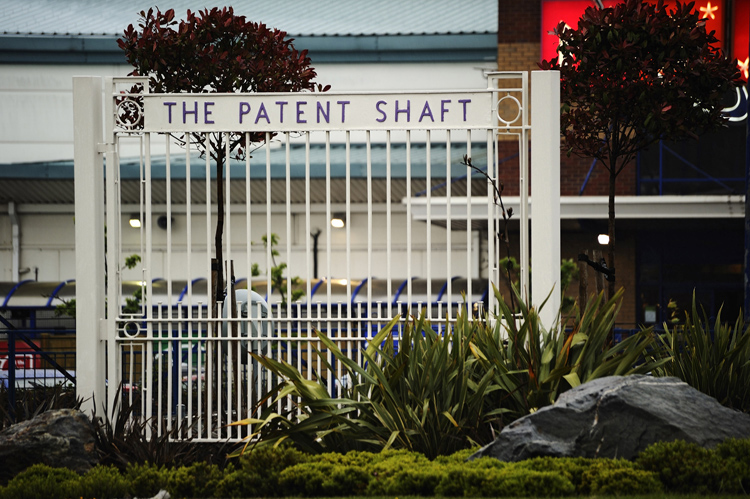 |
The Patent Shaft factory gates. |
 |
St Mary's on the Hill, Roman Catholic Church |
 |
The Midlands Metro, Great Western Street station. |
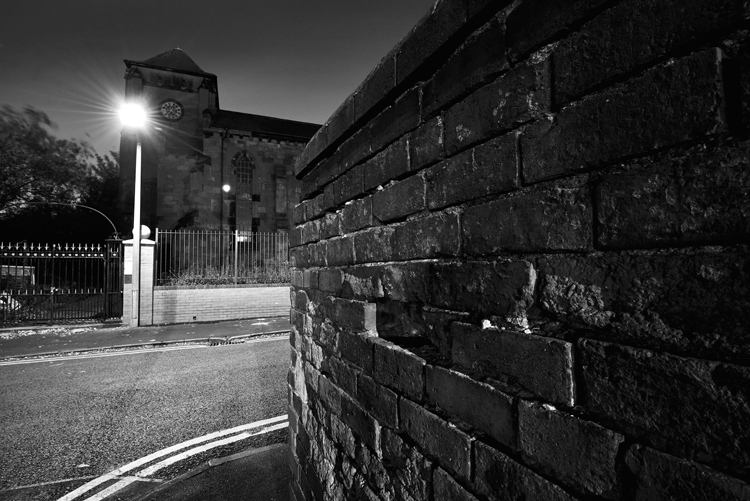 |
St James the Great, St James Street. |
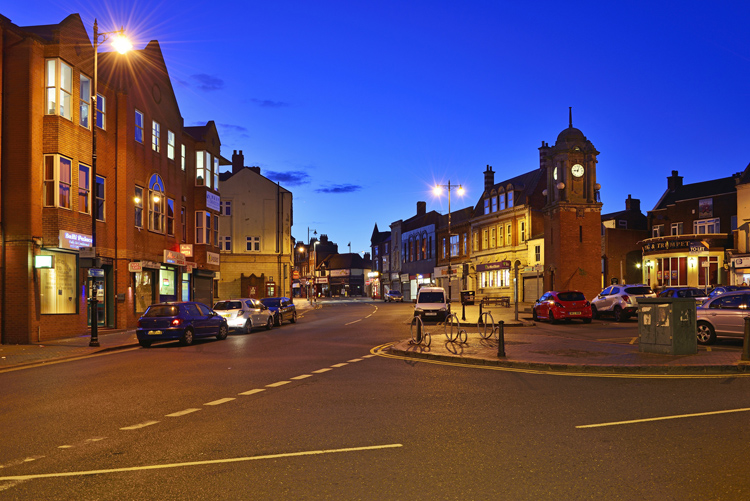 |
Wednesbury town centre and clock. |
 |